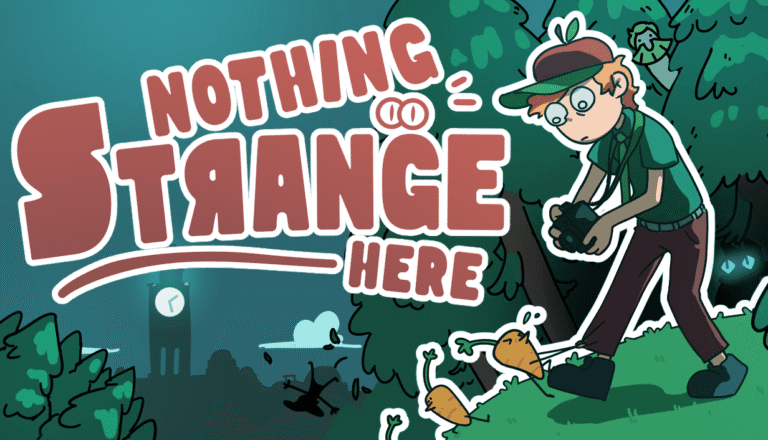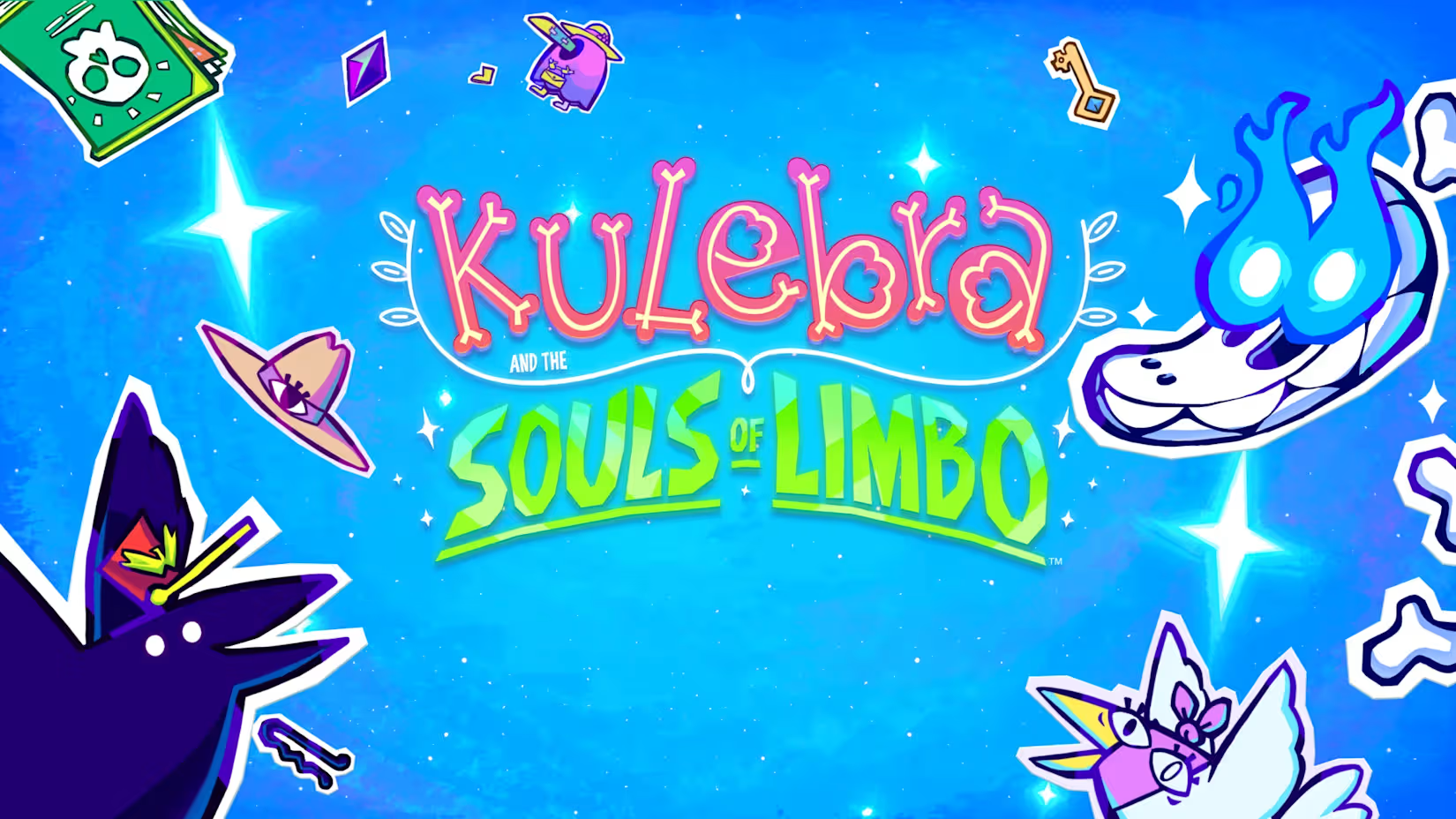
Death has never looked so inviting. In a gaming landscape often dominated by high-octane shooters and sprawling open-world epics, Kulebra and the Souls of Limbo emerges as a gentle whisper-a papercraft meditation on mortality that manages to tackle life’s heaviest themes with the lightest touch. Created by two Dominican brothers and published by Fellow Traveller Games, this charming adventure proves that sometimes the most profound journeys happen at a snake’s pace.
Slithering Into the Afterlife: What Exactly Is This Game?
Kulebra and the Souls of Limbo is a 2.5D adventure game that plays like a love letter to classic point-and-click adventures, wrapped in the visual splendour of a Day of the Dead celebration. You control Kulebra, a skeletal snake who awakens in Limbo-a vibrant cardboard purgatory where lost souls are trapped in an endless cycle of forgotten memories.
The game belongs firmly in the “cozy adventure” category, sharing DNA with titles like Paper Mario and Night in the Woods, but carving out its own unique niche through its distinctive papercraft aesthetic and mature themes presented through a family-friendly lens. It’s the kind of game that proves indie developers can tackle subjects AAA studios often shy away from, doing so with genuine heart and cultural authenticity.
Memories That Fade Like Morning Mist: The Story That Binds
The narrative hook is deceptively simple yet brilliantly executed. Limbo operates on a cruel curse: every 24 hours (roughly 20 minutes in real-time), all souls forget everything that happened the previous day. They’re doomed to repeat their biggest regrets in an eternal loop, unable to find peace or move on to whatever comes next.
Kulebra is different-he’s a Bright Soul with blazing blue eyes who retains his memories. This makes him uniquely qualified to help other trapped souls create “Soul Marks”-powerful emotional imprints that can survive the daily memory wipe. The game’s central mystery revolves around discovering why Kulebra has this gift and his role in combating the spreading darkness that threatens to turn troubled souls into destructive “Dark Souls”.
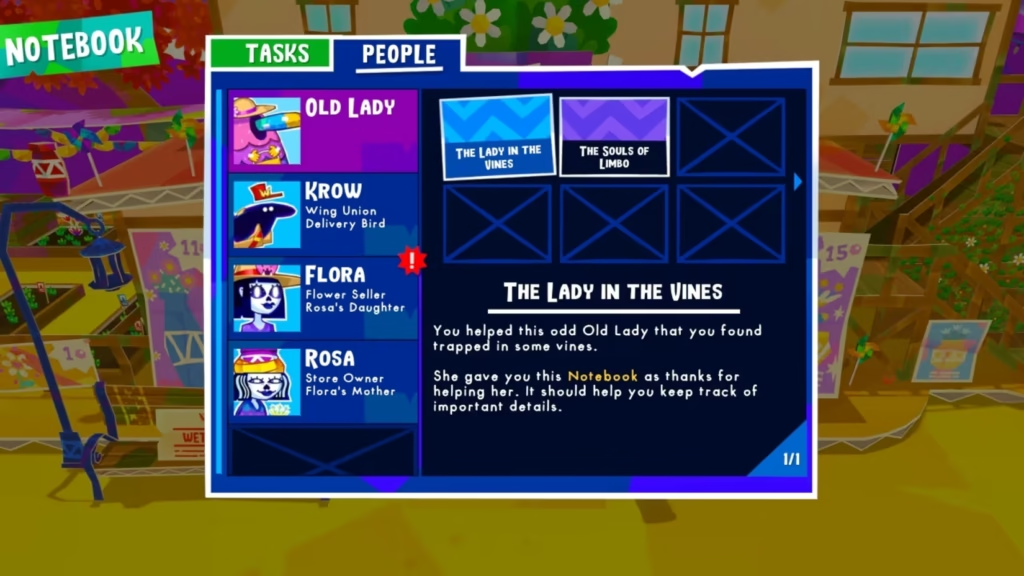
What sets the storytelling apart is its cultural grounding. Drawing heavily from Latin-American traditions and beliefs about death and the afterlife, the game presents mortality not as an ending but as a transition-a perspective that infuses even its heaviest moments with hope. The writing gracefully handles themes of suicide, abandonment, and guilt without ever feeling exploitative or manipulative.
However, the narrative isn’t without its stumbles. Several reviews noted that character arcs often lack satisfying conclusions for players, even when the souls themselves find peace. The game’s final act also suffers from excessive exposition dumps that undermine some of its most crucial emotional beats.
Rolling Through Cardboard Dreams: Gameplay Mechanics
Mechanically, Kulebra and the Souls of Limbo keeps things refreshingly straightforward. You can walk or roll (the latter being faster and useful for breaking objects), and the game employs a mix of traditional adventure game puzzles, light platforming, and stealth sections.
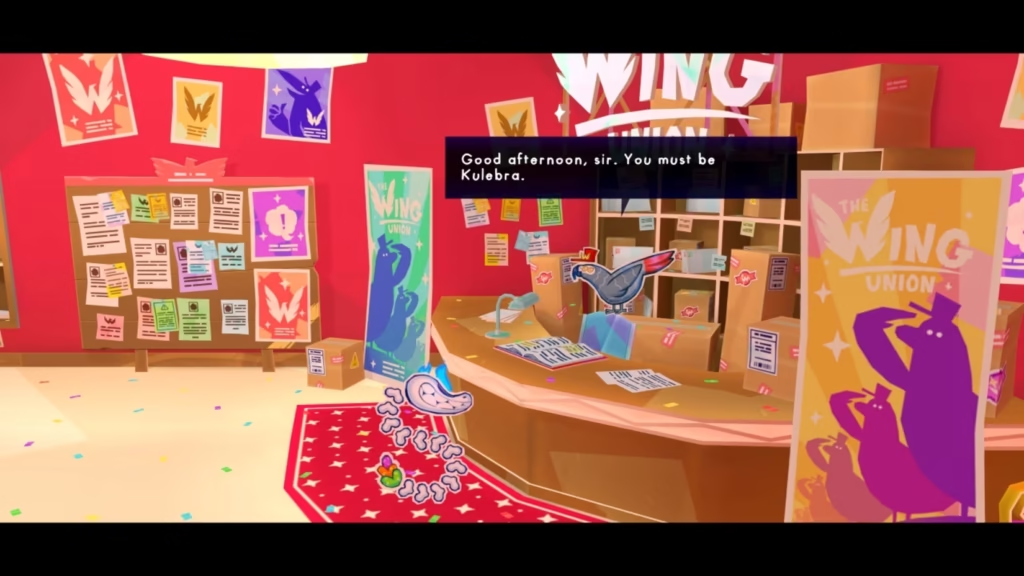
The time-loop mechanic serves as both narrative device and puzzle element. You’ll often need to manipulate the daily cycle, using benches to advance time or starting fresh days to reset character positions and states. The real challenge isn’t solving individual puzzles-they’re generally quite easy-but understanding how to create those all-important Soul Marks that allow characters to remember crucial interactions.
Puzzles range from mixing herbicides to destroy coloured plants, to troubleshooting stadium lighting systems, to improvising heel performances in wrestling matches. While none are particularly original in concept, their integration into the game’s unique setting gives them fresh context. The game teaches mechanics gradually and often brings them back later, creating a satisfying sense of progression.
The adventure also includes optional content in the form of Blanc Souls-cloud-like figures representing discarded trivial desires. Helping these simpler souls is largely filler content, requiring only finding nearby objects, but they’re easily ignored if you prefer to focus on the main narrative threads.
Exploration is rewarded with “bottled messages” containing everything from life advice written by children to fourth-wall-breaking commentary and fan art. These collectibles add personality without feeling mandatory.
Paper Cuts and Golden Moments: The Pros and Cons
Pros:
- Visual Masterpiece: The papercraft aesthetic is simply stunning. Every environment feels handcrafted, with deliberate use of corrugated cardboard textures and flat surfaces that somehow create a fully realized 3D world. The Day of the Dead inspiration shines through in character designs that are both whimsical and respectful.
- Exceptional Audio Design: The soundtrack strikes a perfect balance between melancholy and whimsy, while the mumbly children’s TV sound effects for dialogue add charm without being annoying.
- Cultural Authenticity: The game’s Latin-American influences feel genuine rather than appropriative, offering players a window into different perspectives on death and afterlife.
- Meaningful Themes: Few games handle death, grief, and moving on with such grace and maturity while remaining accessible to younger players.
- Memorable Characters: From the mysterious masked teen Phani to the wealthy moth-woman Lady Bugga, Limbo’s inhabitants are genuinely endearing and well-developed.
Cons:
- Lack of Challenge: Every gameplay element is notably easy, from puzzles to stealth sections. Experienced adventure game players may find themselves wanting more complexity.
- Excessive Backtracking: The game requires significant amounts of retracing your steps, which can feel tedious despite the relatively small world size.
- Unsatisfying Conclusions: Many character arcs fail to provide closure for players, even when the souls themselves achieve peace. This disconnect can leave you feeling unfulfilled despite investing hours in these relationships.
Who Should Take This Journey to the Other Side?
Kulebra and the Souls of Limbo is perfect for players seeking a thoughtful, low-stress gaming experience that prioritizes story and atmosphere over challenge. Fans of games like Night in the Woods, Spiritfarer, or A Short Hike will find a kindred spirit here. The game’s family-friendly approach to mature themes also makes it an excellent choice for parents wanting to introduce younger players to more meaningful gaming experiences.
Adventure game veterans should adjust their expectations-this isn’t a brain-bending puzzle fest but rather a contemplative journey through a beautifully realized world. The 10-12 hour runtime feels just right for what it’s trying to accomplish, never overstaying its welcome despite some pacing issues.
Those seeking high difficulty, complex mechanics, or adrenaline-pumping action should look elsewhere. This is comfort food gaming in the best possible sense-nourishing, satisfying, and memorable long after the last bite.
Final Verdict: A Soul Worth Saving
Score: 4/5
Kulebra and the Souls of Limbo succeeds brilliantly at what it sets out to do, even if it doesn’t quite stick the landing on every narrative thread. It’s a game that understands the power of empathy, the importance of memory, and the beauty that can be found in helping others find peace. While its puzzles won’t challenge genre veterans and some story elements feel incomplete, the overall experience is undeniably special.
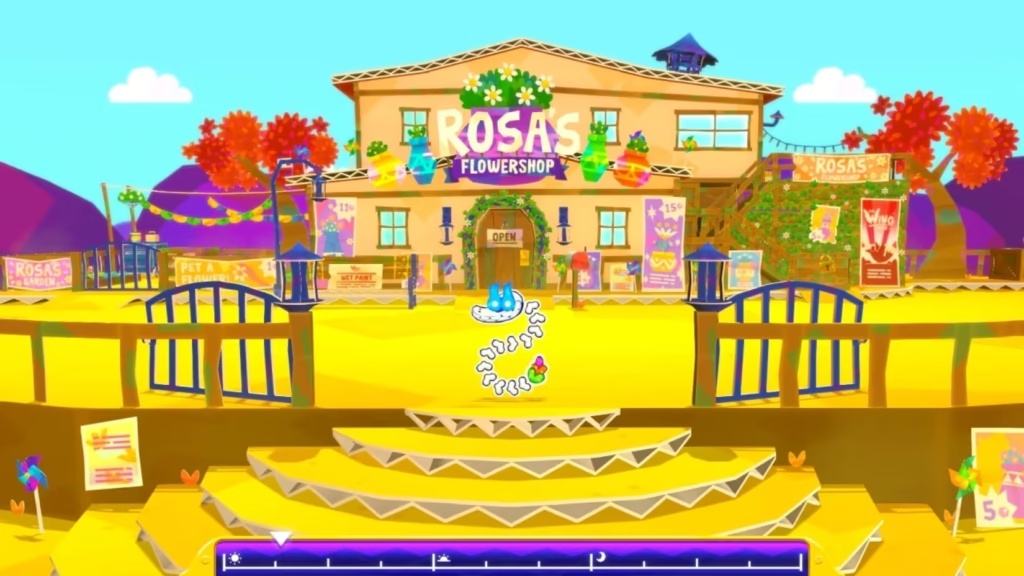
The game feels appropriate-it’s a remarkable achievement that falls just short of perfection due to some structural issues and missed opportunities for deeper gameplay complexity. But for those willing to embrace its gentle pace and open their hearts to its message, Kulebra and the Souls of Limbo offers something increasingly rare in gaming: a genuinely meaningful experience that treats both its characters and players with respect and compassion.
In a medium often obsessed with power fantasy and endless progression, there’s something profoundly moving about a game that finds its greatest victories in simply helping lost souls find peace. Sometimes the most important journeys aren’t about reaching a destination-they’re about making sure nobody travels alone.
This review of Kulebra and the Souls of Limbo is based on the PC version, with a code provided by the game’s publisher.


